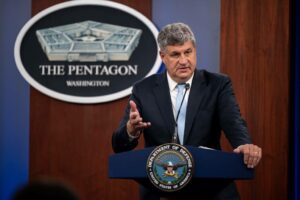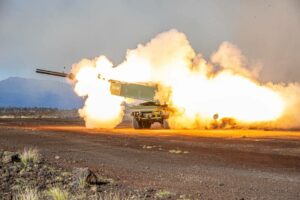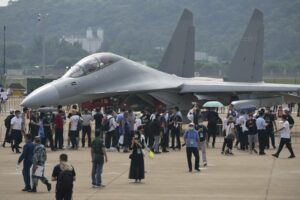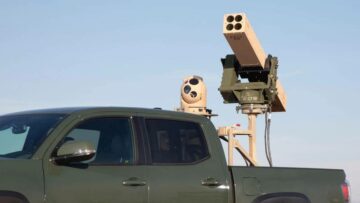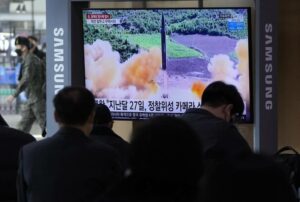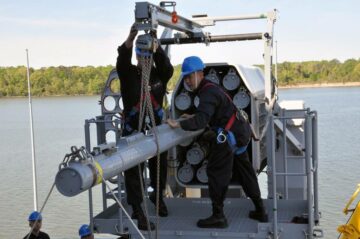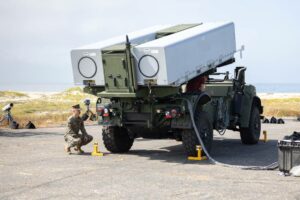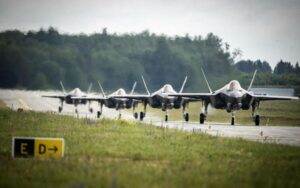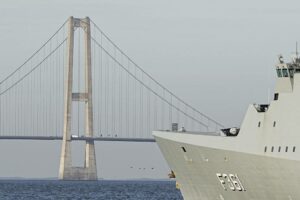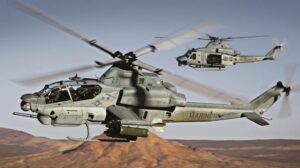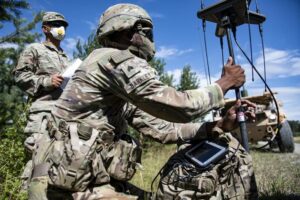WASHINGTON — The U.S. Army is evaluating an initial launched effects prototype as it continues to experiment with requirements and capabilities for a future program.
The service now plans to launch these small, uncrewed aircraft not only from air platforms, but from launchers on the ground or off vehicles and, as a result, is moving away from calling them “air-launched effects” to simply “launched effects.” It has demonstrated the capabilities several times, including at the service’s first Edge exercise in 2021, which experiments with technology to enhance operations in the aerial tier.
The Army is considering several size classes for these launched effects, but is rapidly prototyping the first version of a small, launched effects capability. This version is meant to help the service decide how to procure and employ these systems on the battlefield for tasks ranging from targeting, communications and networking to intelligence, surveillance and reconnaissance.
In 2020, the service selected 10 companies to provide mature launched effects technologies. From those, the Army then chose five companies earlier this year to come together to build a prototype with each company bringing a different element to the system.
Area-I, an Anduril-owned company since 2021, is providing the air vehicle. This vehicle — the Altius 700 — has been in use by the Army to evaluate launched effects for over five years.
Collins Aerospace, a Raytheon Technologies company, is the mission system provider, and Aurora Flight Sciences is the system integrator.
Technology Service Corp. and Northrop Grumman Information Systems are providing modular payloads.
Maj. Gen. Rob Barrie, the Army’s program executive officer for aviation, told Defense News in a recent interview the Army plans to wrap up evaluation of the prototypes in September 2024 and will then weigh a number of options, from rapid fielding to low-rate initial production to more prototyping.
Dustin Engelhardt, Collins Aerospace’s senior manager of business development for air launched effects and future tactical UAS, said the prototype is applying a “Dr. Frankenstein’s monster approach.”
“They’ve got an air vehicle that’s being brought in, two payloads being brought in, so kind of the body and the fists,” Engelhardt said. “We’re really the brains that tie all of those together and also the mouth … we also have a responsibility for the communication.”
RELATED
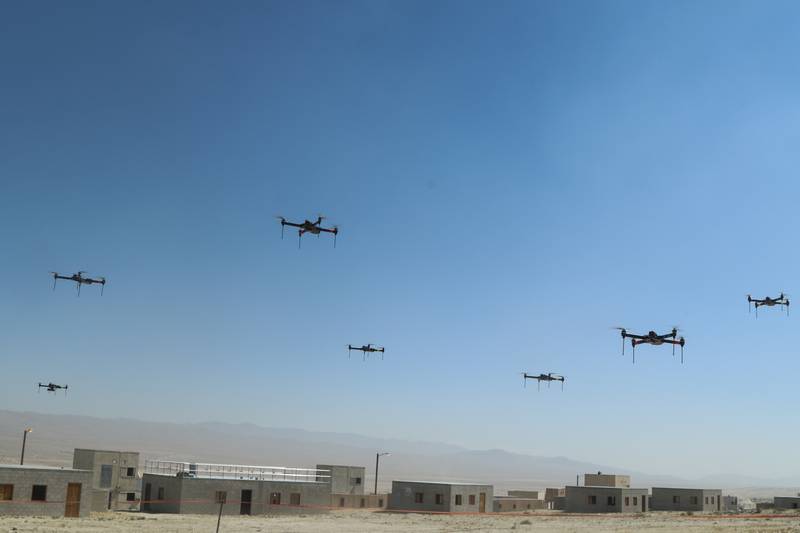
The launched effects are deployed in teams and instructed where to operate and what mission to undertake.
Each system is aware of what happens to the other systems in the team and can autonomously adapt if one drops off or is shot down, Engelhardt said. And the mission system’s autonomy is adaptable, even during a fight that is progressing. The pilot in the manned aircraft could tell the launched effects to change behavior to be more aggressive or operate with extra caution, he said.
The level of autonomy in the system “allows the manned platforms to call for artillery or to potentially command a kinetic strike by the [launched effects] teams, it really gives a lot of flexibility with limited operator involvement,” he added.
Jen Judson is an award-winning journalist covering land warfare for Defense News. She has also worked for Politico and Inside Defense. She holds a Master of Science degree in journalism from Boston University and a Bachelor of Arts degree from Kenyon College.
- SEO Powered Content & PR Distribution. Get Amplified Today.
- PlatoAiStream. Web3 Data Intelligence. Knowledge Amplified. Access Here.
- Minting the Future w Adryenn Ashley. Access Here.
- Buy and Sell Shares in PRE-IPO Companies with PREIPO®. Access Here.
- Source: https://www.defensenews.com/land/2023/05/15/army-evaluating-first-launched-effects-prototype/
- :has
- :is
- :not
- :where
- $UP
- 1
- 10
- 2020
- 2021
- 2024
- 70
- 8
- a
- adapt
- added
- Aerospace
- aggressive
- AIR
- aircraft
- All
- also
- an
- and
- Applying
- approach
- ARE
- Army
- Arts
- AS
- At
- Aurora
- autonomously
- aviation
- award-winning
- aware
- away
- Battlefield
- BE
- been
- being
- body
- boston
- Boston University
- brains
- Bringing
- brought
- build
- business
- business development
- but
- by
- call
- calling
- CAN
- capabilities
- caution
- change
- chose
- classes
- College
- Collins
- come
- Communication
- Communications
- Companies
- company
- considering
- continues
- Corp
- could
- covering
- decide
- Defense
- Degree
- demonstrated
- deployed
- Development
- different
- down
- Drops
- during
- each
- Earlier
- Edge
- effects
- element
- enhance
- evaluate
- evaluating
- evaluation
- Even
- executive
- Executive Officer
- Exercise
- experiment
- experiments
- extra
- false
- fight
- First
- Flexibility
- flight
- For
- from
- future
- Gen
- gives
- Ground
- happens
- Have
- he
- help
- holds
- How
- How To
- http
- HTTPS
- if
- image
- images
- in
- information
- Information Systems
- initial
- Intelligence
- Interview
- involvement
- IT
- journalism
- journalist
- jpg
- Kind
- Land
- launch
- launched
- Level
- Limited
- Lot
- manager
- master
- mature
- meant
- Mission
- modular
- more
- mouth
- moving
- networking
- news
- now
- number
- of
- off
- Officer
- on
- ONE
- only
- operate
- Operations
- operator
- Options
- or
- Other
- over
- pilot
- plans
- Platforms
- plato
- Plato Data Intelligence
- PlatoData
- potentially
- Production
- Program
- progressing
- prototype
- prototypes
- prototyping
- provide
- provider
- providing
- ranging
- rapid
- rapidly
- really
- recent
- Requirements
- responsibility
- result
- rob
- s
- Said
- Science
- SCIENCES
- Screen
- selected
- senior
- September
- service
- several
- she
- shot
- simply
- since
- Size
- small
- So
- strike
- surveillance
- system
- Systems
- tactical
- targeting
- tasks
- team
- teams
- Technologies
- Technology
- tell
- that
- The
- Them
- then
- These
- this
- this year
- those
- TIE
- tier
- times
- to
- together
- two
- u.s.
- university
- use
- vehicle
- Vehicles
- version
- we
- weigh
- What
- which
- will
- with
- worked
- wrap
- year
- years
- zephyrnet

